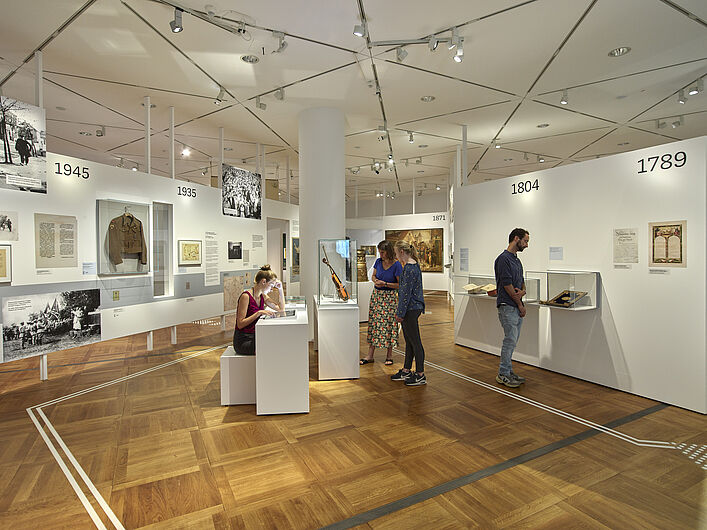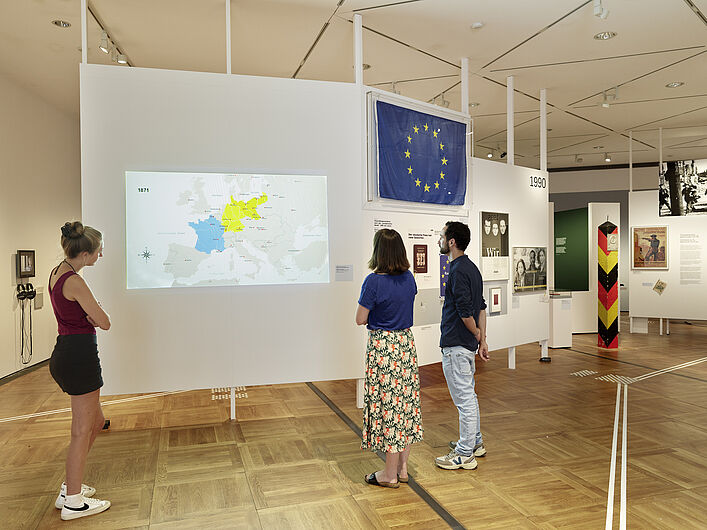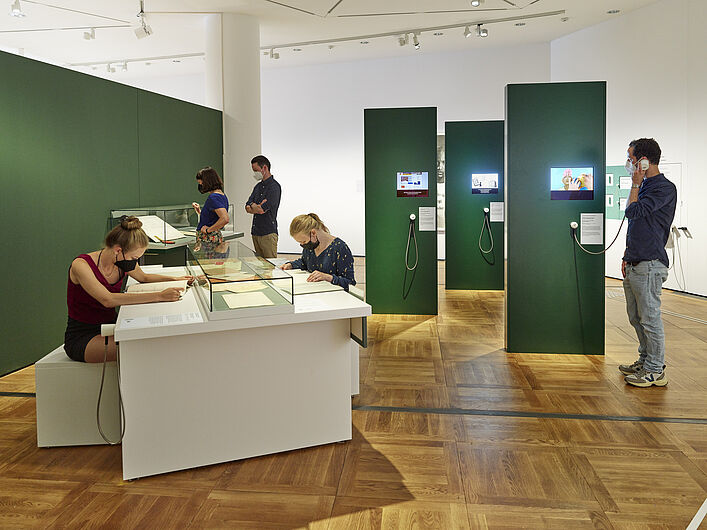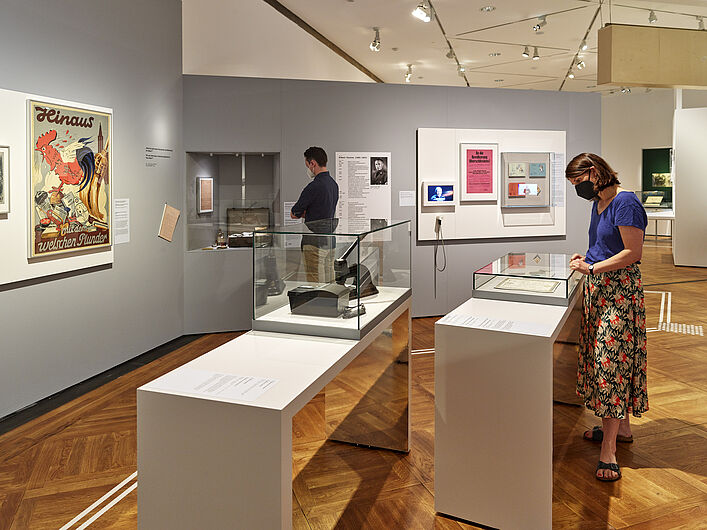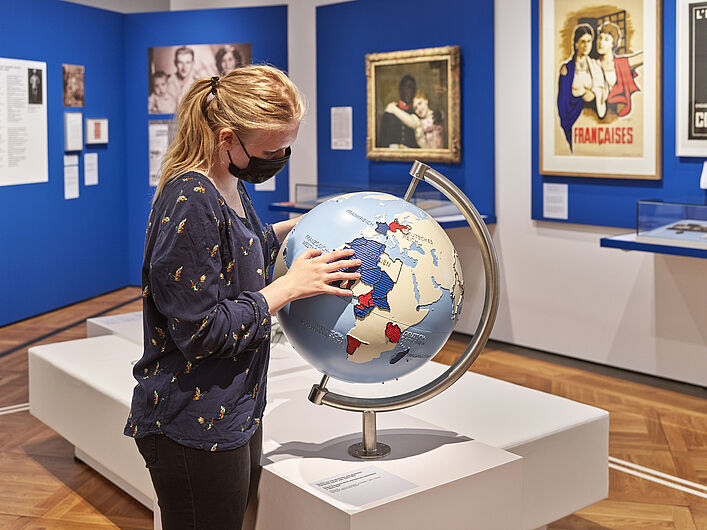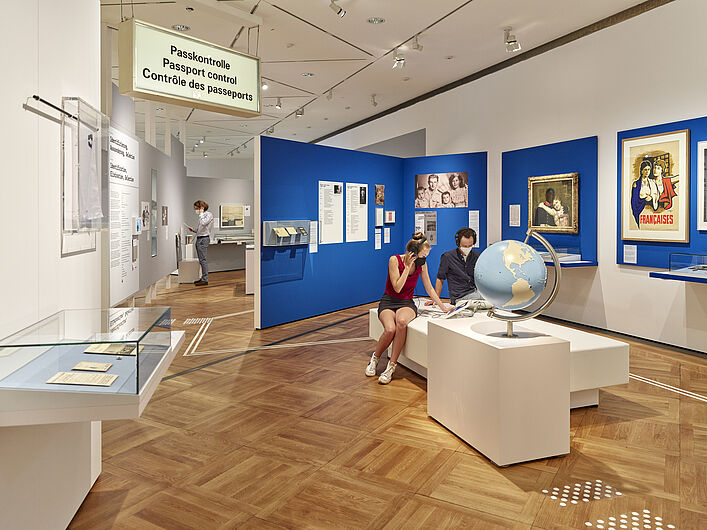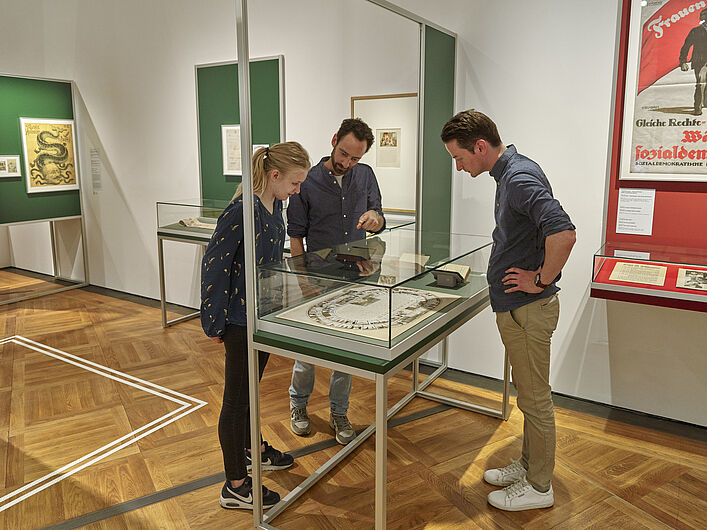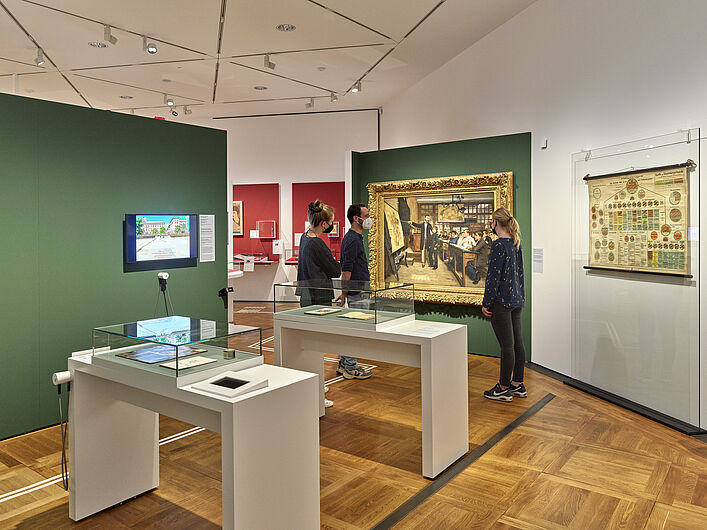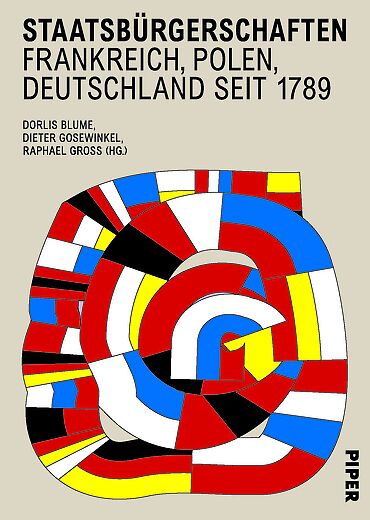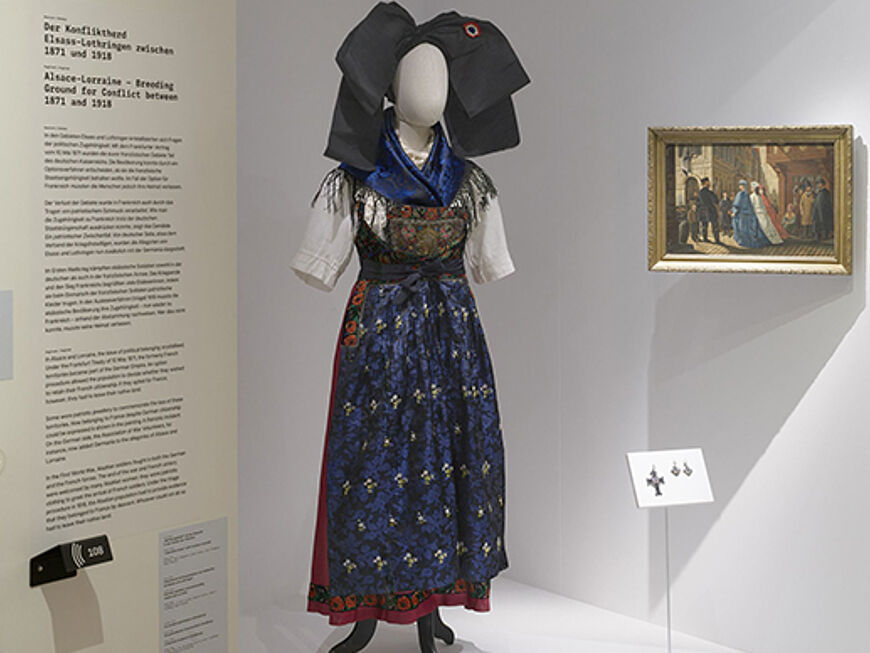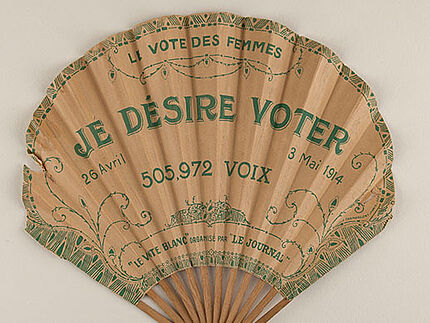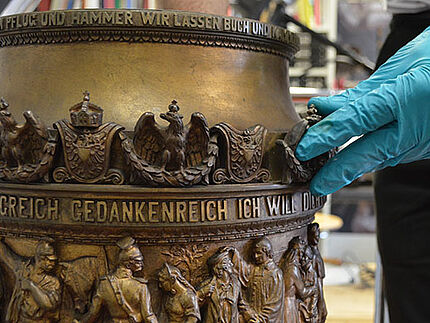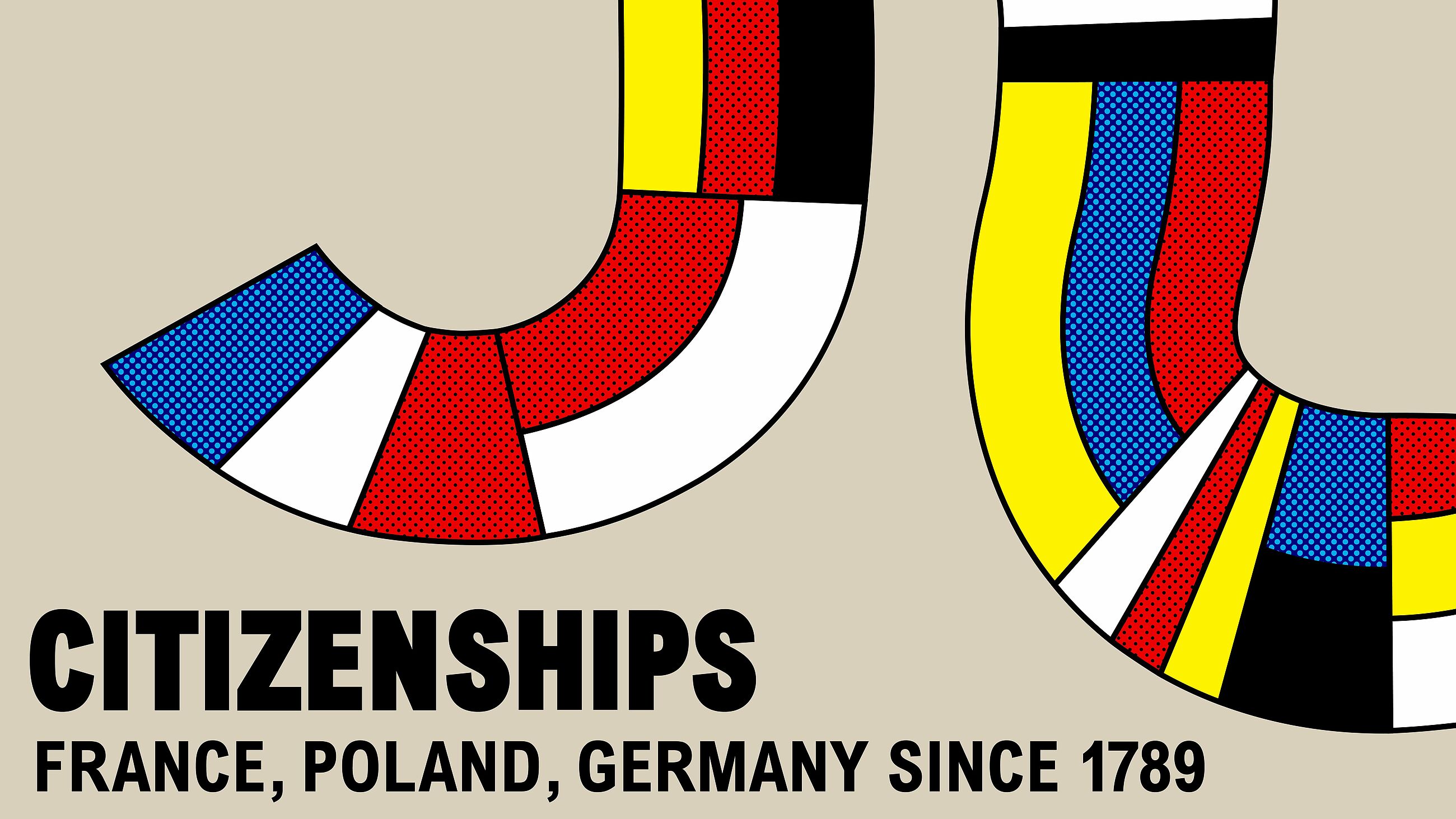
Citizenships. France, Poland, Germany since 1789
Do you belong here? Or do you not? This question triggers strong, even conflicting feelings. Many of these feelings are bound together by the idea of citizenship: a legal status that brings some people together while separating others. Citizenship fosters a sense of national and political community, but it also denotes a set of differences and gives priority over those outside the community. Being closely linked with the modern nation state, citizenship became the object of struggles for political participation and cultural belonging. It determined who got to enjoy the protection of the welfare state, who had a say in politics, and, during the time of national service and the draft, who had to risk their life for the state. Citizenship thus helped forge identity constructs at the national, collective level and was pivotal in determining a person’s life prospects and chances of survival in the European states of the 19th and 20th century.
With its exhibition “Citizenships. France, Poland, Germany since 1789” the Deutsches Historisches Museum looks at changes to both the meaning of citizenship and its power to galvanize, in a broad sweep from the ‘long’ 19th century to the present day. It quickly rose to become the dominant form of political belonging in the age of the nation state, was used by dictatorships as an instrument of ethnic and political selection, and is currently experiencing a fundamental change in the face of citizenship of the supranational European Union. This is shown in the exhibition based on three European countries: France, Poland, and Germany. As neighbouring states they were and are existentially entangled by sharp conflicts and close political cooperation.

